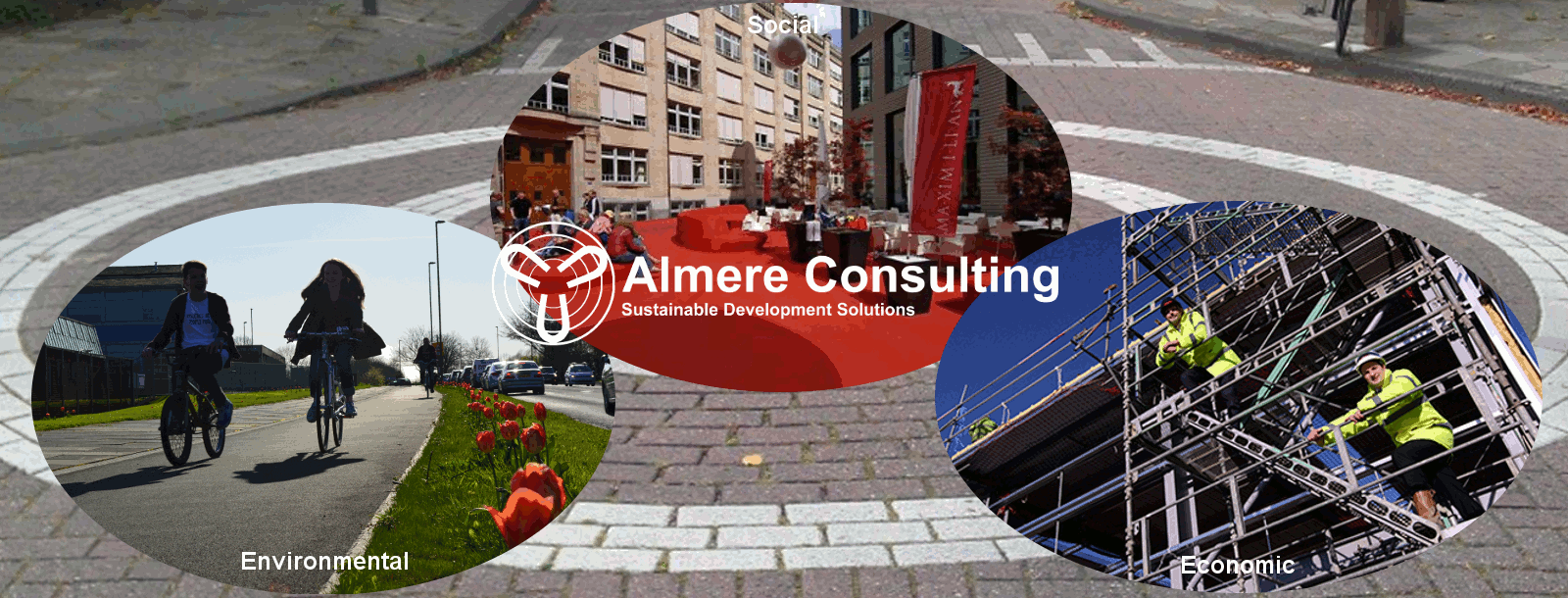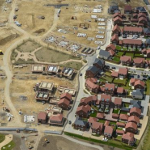
Defining the challenges: Creating Streets For All
I’m currently working on the Masterplan for a “Locally Led Garden Village”. In some ways it’s early days, the site boundaries for new housing won’t be fixed until latter in the year after spending some time talking to the public. In other ways the thinking on how we get this right and build something truly outstanding has been going on for some time – especially for the streets.
Sometimes it helps to cut back to basics and set out the key challenges even if getting all of the possible solutions on one page isn’t possible.
- The conflicting demands of sustainable movement and sustainable greenspace & drainage on street space, even on wider Primary Streets. Just how wide does Main Street need to be?
- The institutional and political barriers to fully implementing Manual for Streets principles, without which designing for active travel at a network level becomes almost impossible.
- The challenge that if you do succeed in delivering the active frontages & permeable grid called for in MfS, designing for cycling in particular becomes more difficult and complicated as driveways and junctions multiply.
- The quandary of “Secondary Streets”, places neither for movement nor for recreation, and yet rigorously defined in every Local Authority Design Guide.
- The financial challenges of keeping the cost of local infrastructure proportionate to development value. In lower value areas by the time car movement is catered for there is often little left over for dense walking and cycling grids. Density of infrastructure and quality of infrastructure conflict and become fatally compromised.
Is that it? Well it’s enough to be getting on with, the challenge of fixing this in a UK context isn’t going to go away.



